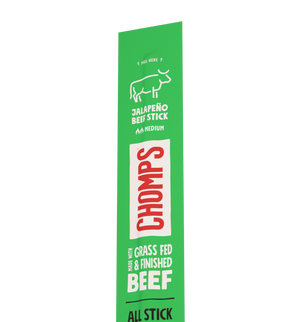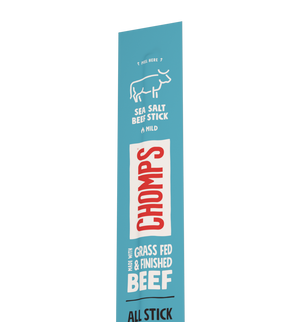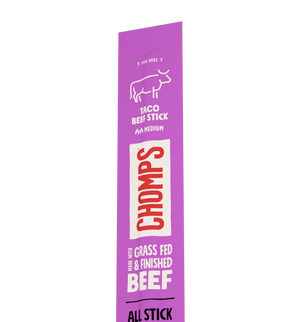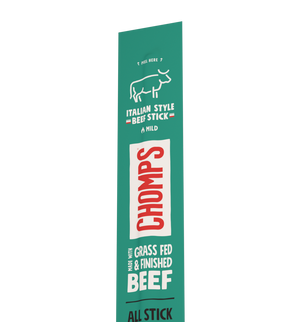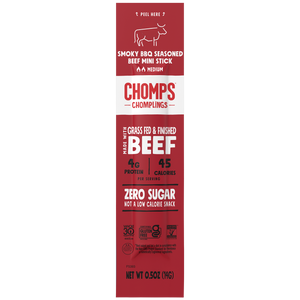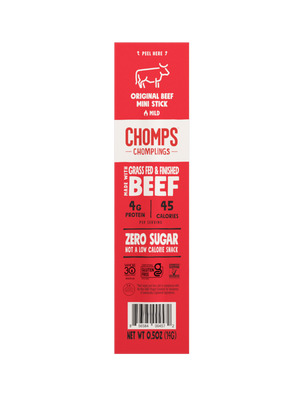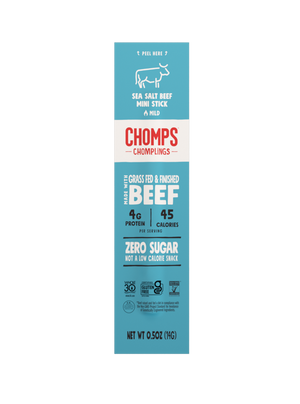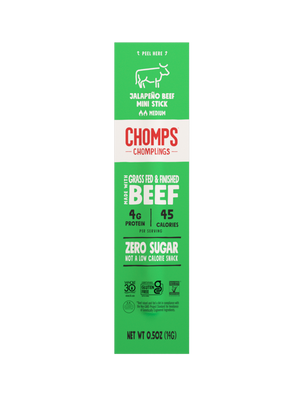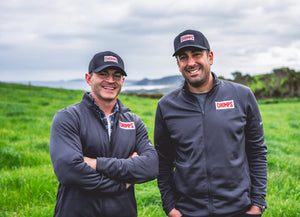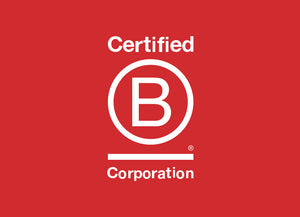Whether you are hiking alone or with friends and family, your hike is destined to be a blast! With the right equipment as well as portable snacks and expert tips from experienced hikers, you’ll be ready for your first hike in no time. In this beginner’s guide to hiking you’ll learn 10 essential tips for new hikers as well as tips for choosing hiking routes and buying essential hiking gear, backpacks and footwear.
We’ll also share some of our favorite portable, outdoor-friendly snacks that are healthy and protein-filled to keep you feeling fuller longer, like Chomps meat snacks. Taking the first steps towards your hiking journey is just one click away.

#1 Have A Plan
Before you head out for your hike, it’s important to know where you’re going to hike, how long you're going to hike for, and what the weather is like.
If hiking by yourself, let somebody know where you plan to be and how long you’re going to be out there for.
#2 Clothing
Now let’s talk about clothing!
It’s important to dress for the weather.
If it’s cold out, it’s important to stay warm and dry on your hike. Make sure you bring a rain jacket an extra pair of socks, a hat to keep your head warm, and some good gloves.
#3 Footwear
When hiking, it’s also very important to pick a shoe that offers solid support, good comfort, and traction.
There’s a variety of hiking shoes to choose from, anything from a trail runner to the conventional hiking boot. Along with the shoe, make sure you pick a good mid-weight hiking sock.

#4 Food and Water
Next let’s talk about food and water!
Water is essential to keep you hydrated throughout your hike. A good rule of thumb is to carry about 1L of water per every 4 miles hiked or 1L for every 2-3 hours that you plan to be out.
On a cold day carrying a thermos of hot water will also help to stay warm.
When packing food, there's a variety of trail snacks to choose from. Food is essential to keep you fueled and energized throughout your hike.
Our favorite hiking snacks include trail mixes, peanut butter packets, and of course Chomps meat sticks. Chomps is packed in protein, delicious, and easy enough to throw into your daypack.
#5 Daypack
Where will you put all of these belongings?
In your daypack of course. We like to carry a 22L daypack, but any backpack you have laying around at home will work just fine!
#6 Navigation
Now let’s talk about navigation.
It’s important to carry a map along your hike in case you get lost.
There’s a variety of applications on your cell phone that you can use to download maps. However, please keep in mind that your cell phone can die, especially in the cold, so in that matter it's important to have an external battery. Most established trailheads have maps. Be sure to pick one up before you head out on your hike.

#7 Track Your Time
Next let's talk about something to use to track your time.
It’s essential to carry some sort of device whether it’s your phone or watch to make sure that you are making good progress during your hike in case you need to turn back early.
#8 Headlamp
And now our favorite piece of gear, a headlamp.
It’s light, it’s compact, throw it in your daypack every single time.
We can’t tell you how many times we’ve got caught hiking after the sun goes down and wished we had a headlamp.
#9 Sun Protection
It's extremely important to protect yourself from the sun when hiking.
Carry sunscreen on your hike, no matter the weather conditions. Also bring a pair of sunglasses, chapstick, and a sunhat.
#10 First Aid
Last but certainly not least, your first-aid kit!
You can buy a first-aid kit at a local store or you can build your own at home. It’s important to have a first-aid kit in your daypack incase of an emergency.
These are all of our essentials, but by no means is this everything. Each person is going to pack something different.
Now let’s go on a hike!
But be sure if you pack it in, you pack it out.
Watch the full video on 10 Tips for First Time Hiker's.


